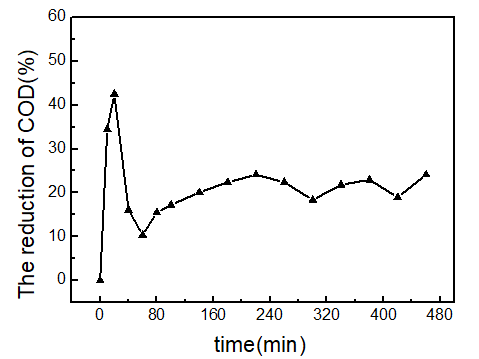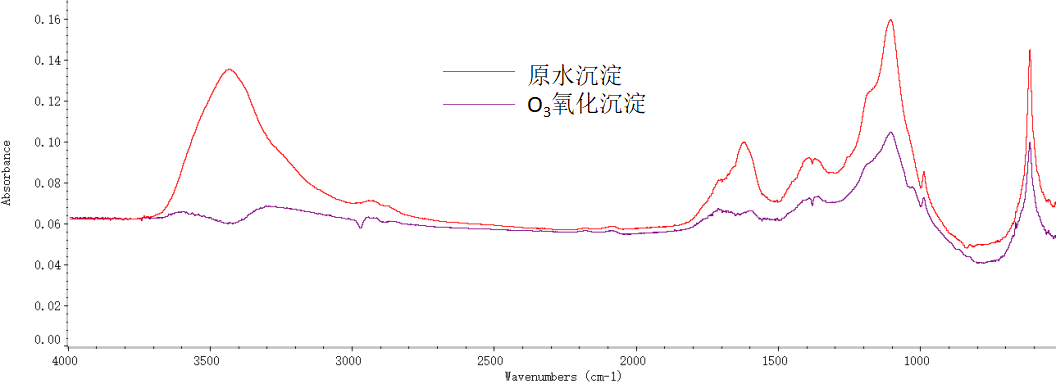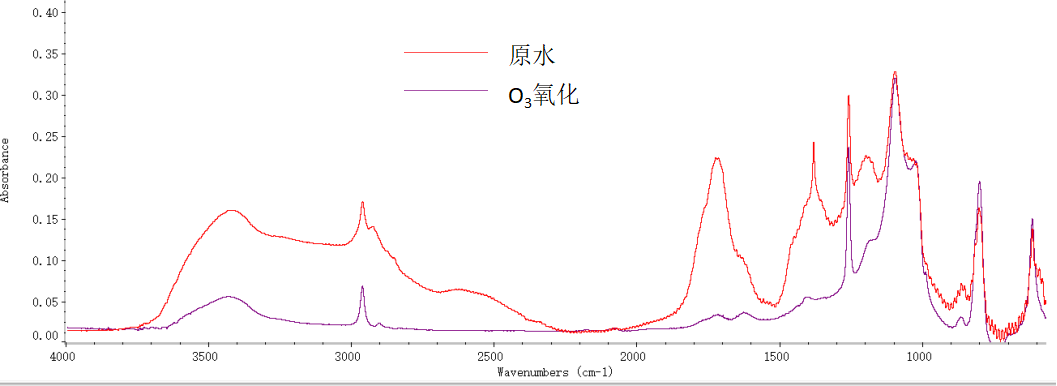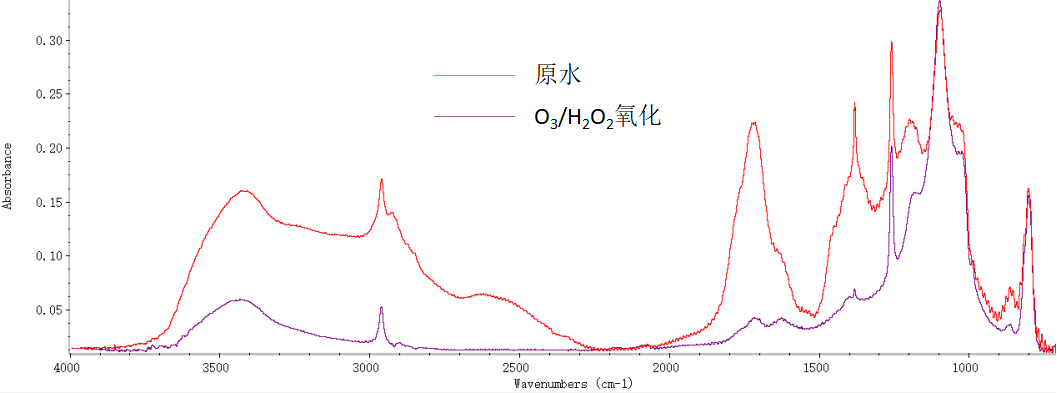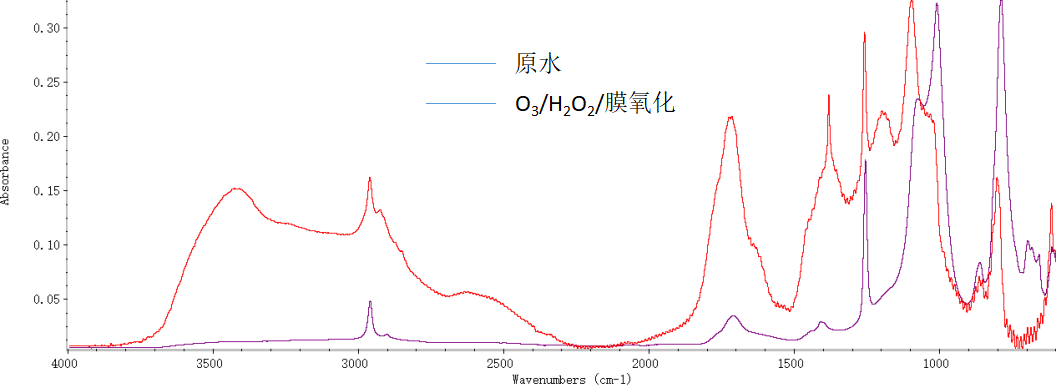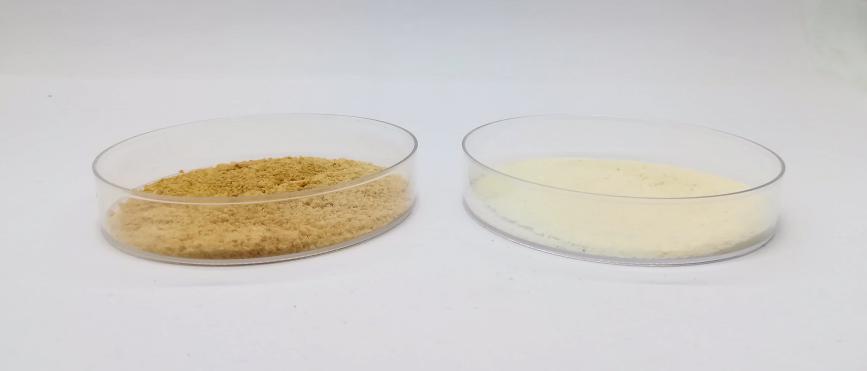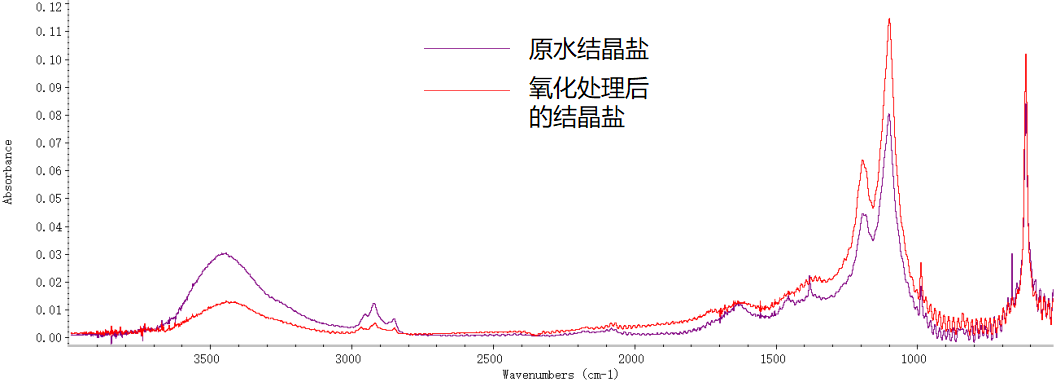制浆造纸废水结晶母液中有机污染物成分分析与结晶品质分析毕业论文
2020-07-02 22:57:36
摘 要
制浆造纸废水零排放的蒸发结晶过程中,为了避免蒸发结晶过程的不稳定,需定期排放出高色度、高COD的结晶母液,目前处理的方式是直接焚烧,处理代价高昂,且腐蚀焚烧炉。本文就降低废水COD和回收盐的角度出发,延续前者的工作,研究了膜耦合O3/H2O2法连续处理制浆废水结晶母液的效果,反应的停留时间为95min,反应达稳定时, COD降解率达25%,色度去除率为82%,通过旋转蒸发的方法,获得了原水结晶盐及O3/H2O2/膜耦合工艺处理后的结晶盐,并对所得结晶盐品质分析和比较比较。借助红外及气质联用的手段,对原水及O3氧化法、O3与H2O2联用氧化法、膜耦合O3/H2O2工艺处理后的废水进行分析和比较,探究高级氧化法处理制浆废水结晶母液的机理。
关键词:高级氧化技术 制浆废水 膜耦合 气质联用 蒸发结晶
Composition Analysis of Organic pollutants and quality Analysis of Crystallized Salt in crystallized Mother Liquor of Pulp and Papermaking Wastewater
Abstract
In the process of evaporation and crystallization of pulping and papermaking wastewater, in order to avoid the instability of evaporation crystallization process, it is necessary to discharge the crystallization mother liquor with high chroma and high cod on a regular basis, and the current treatment is direct burning, high processing cost and corrosive incinerator. In this paper, the point of reducing cod and recovering salt of wastewater, continuation of the former work, studied the membrane coupling o3/h2o2 method of continuous treatment of pulping wastewater crystallization mother liquor effect, the response time of 95min, the reaction reached stability, cod degradation rate of 25%, chroma removal rate of 82%, by rotating evaporation method, The crystallization salts of raw water crystallization salt and o3/h2o2/membrane were obtained, and the quality of crystalline salt was analyzed and compared.By means of IR and GC-O3, this paper analyzes and compares the effluent of raw water and the oxidation method of O3 and H2O2, the membrane coupling o3/h2o2 process, and probes into the mechanism of the advanced oxidation process in treating the crystallization mother liquor of pulping wastewater.
Key words: Advanced oxidation technology pulping waste water membrane coupling with the liquid-crystal evaporation
目录
摘要 I
Abstract II
目录 III
第一章 文献综述 1
1.1 制浆造纸废水的现状 1
1.2 臭氧氧化的处理方法 2
1.3 水相中有机物成分的分析方法 3
1.3.1 红外吸收光谱分析法 3
1.3.2 气质联用分析法 4
1.4 研究内容与思路 4
第二章 实验部分 5
2.1 实验材料与仪器 5
2.1.1 实验材料 5
2.1.2 实验仪器 5
2.2 实验步骤 6
2.2.1 实验装置 6
2.2.2 间歇式O3/H2O2/膜耦合的氧化实验 6
2.2.3 连续式O3/H2O2膜耦合的氧化实验 7
2.2.4 旋转蒸发结晶 7
2.3 分析与计算方法 7
2.3.1 分析方法 7
2.3.2 废水中COD测定方法 8
2.3.3 计算公式 8
第三章 结果与分析 9
3.1 结晶母液O3/H2O2/膜耦处理效果 9
3.1.1 结晶母液脱色率 9
3.1.2 废水COD降解率 10
3.2 红外分析 11
3.2.1 沉淀物的红外分析 11
3.2.2 萃取物的红外分析 12
3.3 结晶盐分析 15
3.4 GC-MS分析 16
3.4.1 萃取相的GC-MS分析 16
3.4.2 沉淀物的GC-MS分析 17
第四章 结论与展望 18
4.1 实验结论 18
4.2 展望 18
参考文献 19
致谢 21
第一章 文献综述
1.1 制浆造纸废水的现状
当今世界,造纸工业正朝着高速、高效、高质量、低消耗、可持续运行、自动化、与环境协调的方向发展。[10]现如今,制浆造纸工业的用水量在整个工业体系里占最大的比重,并且,由造纸产业排放的造纸废水也是水环境的主要污染源之一。近几年的统计数据表明,我国造纸废水排放量占我国工业废水排放总量的15%左右,占我国工业COD排放总量的三分之一以上。[9]在我国,由造纸企业排放的废水占全国工业废水排放总量的14.4%,而排在第一位的是化学工业的排放量,但是,全国COD排放量它是第一位,由33%之多。我们所说的制浆造纸废水主要包括蒸煮废液(红液或黑液)、中段废水和造纸白水。
将黑液中的纸浆提取出来,并对其进行洗涤、筛选、漂白,最后的出水就是中段废水,该废水的色度较差、并且含有大量的大分子的有机污染物,在处理时是一个难点。
相关图片展示:
